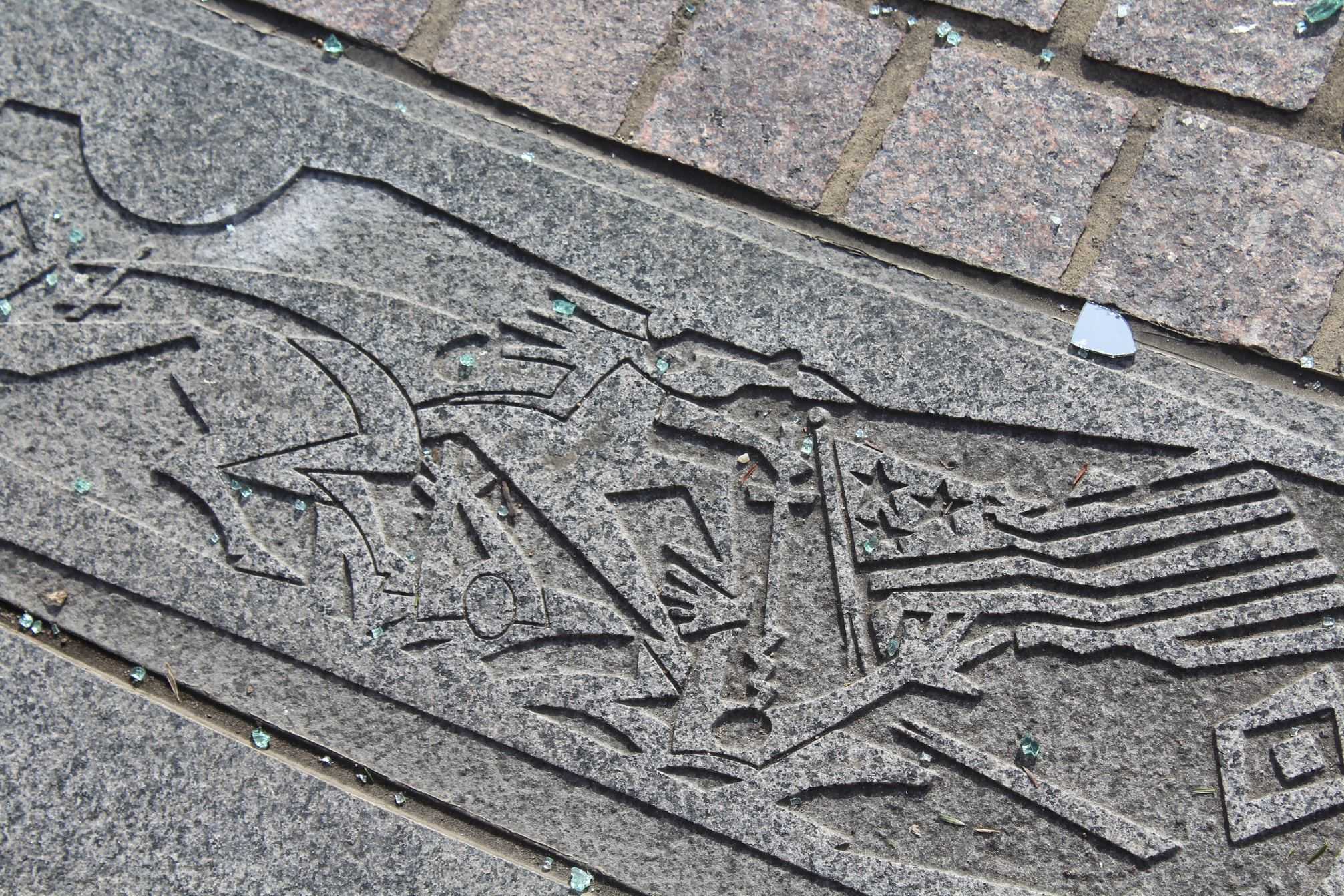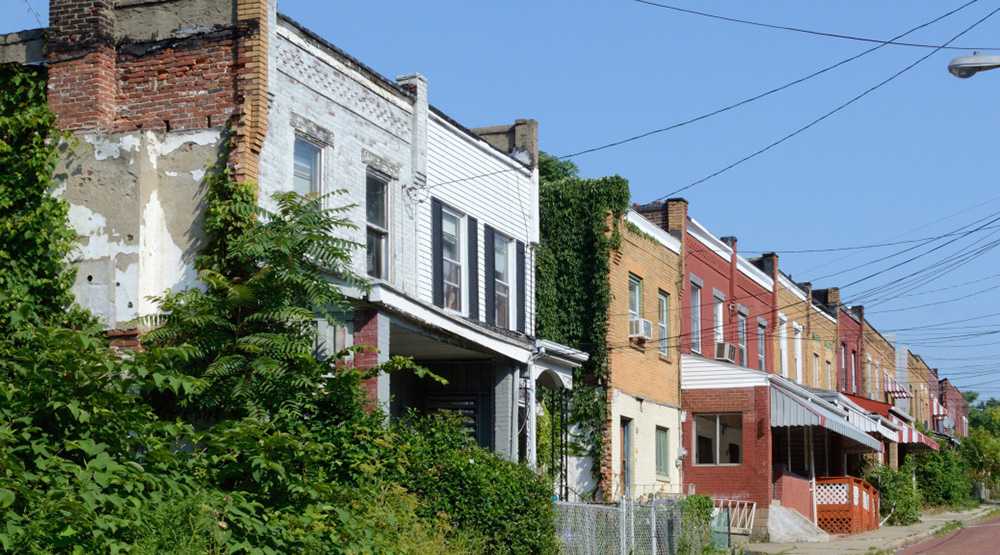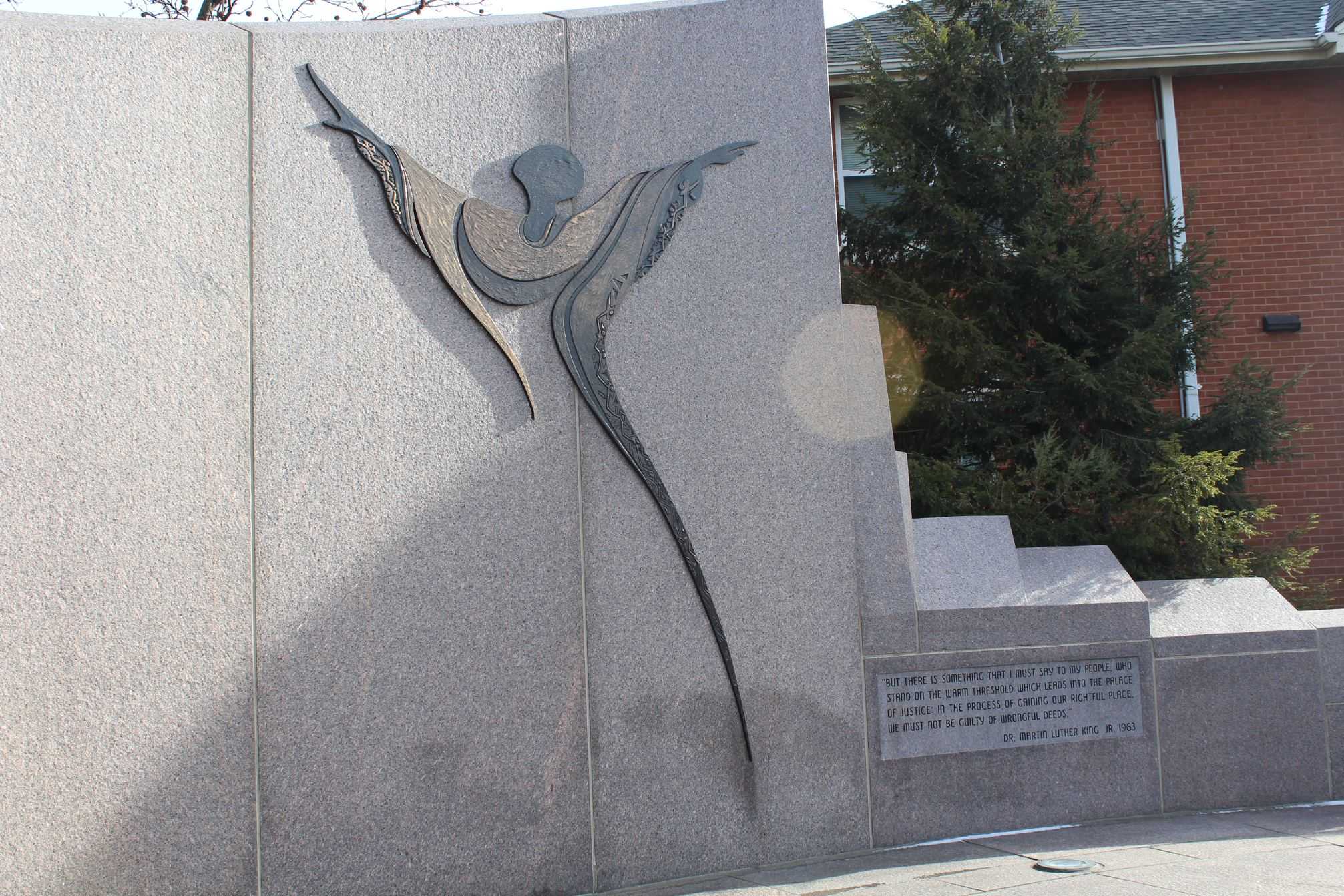Secret Pittsburgh
Freedom Corner and the Hill District
“It's all an adventure. That's all life is. But you got to trust that adventure.”
― August Wilson, Gem of the Ocean
The Hill District has a vast and diverse history. Originally, the neighborhood housed a population of European immigrants in the 19th century. With the Great Migration and the high demand for steel workers in the early 1900s, the Hill District became a primarily African American neighborhood.
In the following decades, the Hill’s perimeters were violated, and the Lower Hill was overtaken by the city for construction. Urban renewal projects such the old Civic Arena were done in an attempt to unite the city, but the construction cost 8,000 people their residence in the Hill. While the city pushed for further redevelopment of the Hill, the community pushed back with passion and fortitude. This resistance inspired the memorial Freedom Corner, a site commemorating the civil rights leaders who fought so avidly for justice. The location of the memorial on Centre Ave marks the line where the neighborhood destruction stopped.
During the mid-1900’s, the Hill District was home to many great and diverse artists, from musicians to authors. The neighborhood had a vibrant night-life which was enhanced by jazz musicians from around the world. The Crawford Grill was the center for jazz music. People from all over ventured to the Crawford Grill to see the jazz legends that performed there.
One of the most well-known citizens of Pittsburgh is in fact from the Hill District. August Wilson, the playwright, was born and raised there. Throughout his career, he wrote a series of ten plays, nine of which were set in Pittsburgh, that came to be known as the “Pittsburgh Cycle.” A photojournalist named Charles “Teenie” Harris, documented over 100,000 pictures exhibiting what it was like to live in the Hill District and surrounding Pittsburgh as an African-American. He and August Wilson helped to preserve the memories and culture of Hill District residents throughout the 20th century.
The Hill District is sandwiched between Oakland (to the south and east) and the downtown area of Pittsburgh (to the west). Prominent streets include Crawford Street and Herron Avenue, Bedford Avenue, Webster Avenue, Wylie Avenue, and Centre Avenue. As the name suggests, the Hill sits above its neighboring communities, and the eastern portions of the neighborhood offer extensive views of downtown Pittsburgh.
Keep in mind that while the Hill is a historical neighborhood with cultural and historical significance, it’s also home to the people who live there. The District is not a museum—it is a neighborhood whose inhabitants might find a camera-obsessed tourist odd. If you would like to plan a walking tour of the neighborhood, we recommend you check out the locations linked above and that you start your visit at the Hill District Carnegie Library. In their August Wilson room, you can find a map with markers indicating locations featured in his plays.


